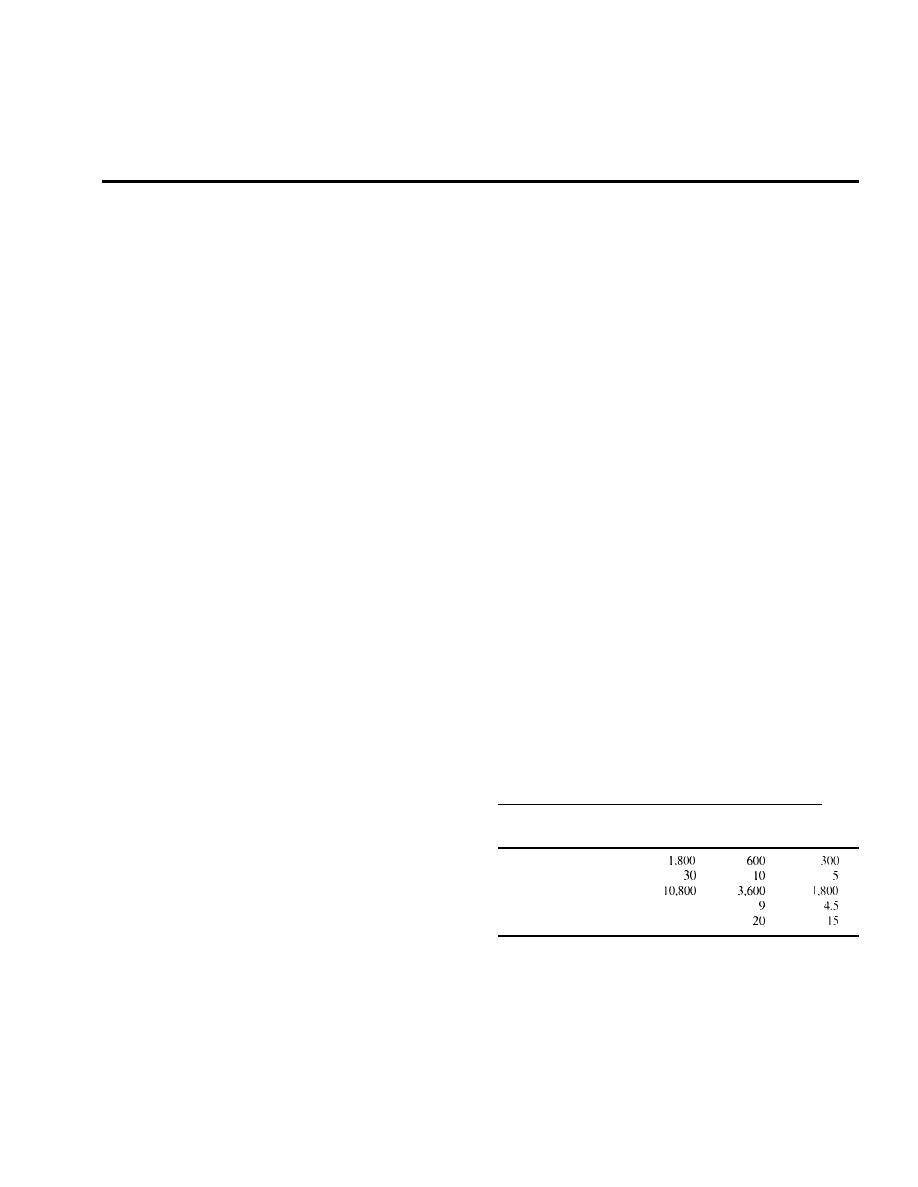

Custom Search
|
|

|
||
 TM 5-685/NAVFAC MO-912
APPENDIX G
DIESEL ENGINES: OPERATION, TIMING, AND TUNING INSTRUCTIONS
G-1. Starting and stopping.
and subsequent use when needed. An engine can be
damaged by improper shutdown or starting prac-
a. General. Starting and stopping procedures ap-
tices.
ply to diesel engines that are not equipped with an
automatic start and shutdown feature such as the
G-2. Engine timing.
manually operated engine used in a Class B system.
a. Timing function. The fuel injection system
The procedures may be used if an engine is to be
must be timed so that combustion starts at, or just
exercised. Instructions for the operator, including
before, piston top dead center (TDC).
operation and recording of instrument data, are
(1) Early ignition produces excessively high
provided.
cylinder pressures and detonation from the rapid
b. Starting. Before starting make sure engine an-
pressure rise. Late ignition occurs when the piston
cillary equipment is ready to function. The major
is moving away from the cylinder head, conse-
portion of normal wear occurs while starting a cold
quently the expansion ratio is reduced and effi-
engine or an engine which has been idle. Proper
ciency is lost. Another timing function is the rate of
starting technique includes inspection to verify that
injection, or the duration of the injection period.
the engine and its accessory plant are ready for
(2) Injection continues over a measurable pe-
operation, adequate fuel is available, and lubricat-
riod of time, usually expressed in degrees of crank-
ing oil, coolant and other supplies are at proper
shaft rotation. It is desirable to inject the fuel as
levels. Starting involves proper positioning of the
quickly as possible without creating high cylinder
engine, use of the starting system and proper accel-
pressures. The fuel burning period should be com-
eration to operating speed. Starting also includes
pleted within the 15-20 degrees of crankshaft rota-
application of the load to the engine.
tion after top dead center.
c. Operation. After engine operation starts and
(3) The time of start of injection is determined
the load is applied, operator duties include following
by ignition delay, since initial combustion must be
the load variations and making necessary opera-
secured by top dead center, or slightly before. Dura-
tional adjustments. The operator must continuously
tion of the injection period is determined by the
observe operation to determine deviations from nor-
allowable rate of pressure rise in the cylinder. If
mal or acceptable including ranges of operating
ignition delay is assumed to be .0025 second, the
following applies to high, medium and low speed
pressures, temperatures or other operational pa-
engines operating at 1,800,600 and 300 rpm respec-
rameters. Unusual sounds, smells, vibrations of os-
tively.
cillations of the engine and major variations in in-
strument readings, may indicate some abnormal
Table G-1. Ignition delay and duration.
condition.
-
-
d. Recording. Instrument readings and operator
ENGINE SPEED
observations must be recorded for analysis. These
Description
High
Medium
Low
data may indicate trends toward deterioration or
Engine RPM
need for adjustment. Entries on engine and related
Rcvolutions/second
logs must be at regular intervals and accurate.
Degrees/second
Ignition delay. degrees
27
e. Operational maintenance. The operator should
Probable duration, degrees
30
be alert to possible malfunctions or deviations dur-
ing operation. Operational adjustments such as
(4) Note that the high-speed engine would re-
pressure and temperature should be noted and re-
quire an injection start timing 27 to 30 degrees
corded, if unusual. Ancillary equipment must be
before top dead center, and that all fuel is in the
inspected during engine operation.
cylinder by 3 degrees after top dead center. Pressure
rise is rapid once ignition starts, because nearly all
f. Stopping. Proper technique in stopping the en-
of the fuel is in the cylinder. As speed is reduced, a
gine and shutting down the ancillary equipment is
later start of injection is possible. For the
necessary. Correct shutdown permits the engine to
speed engine, about half of the total fuel charge is in
cool without excessive distortion of parts or stresses
the cylinder when ignition occurs, but the balance of
being imposed. The engine will be ready for restart
the charge is injected into the burning portion.
G-1
|
 |
|
 |
||